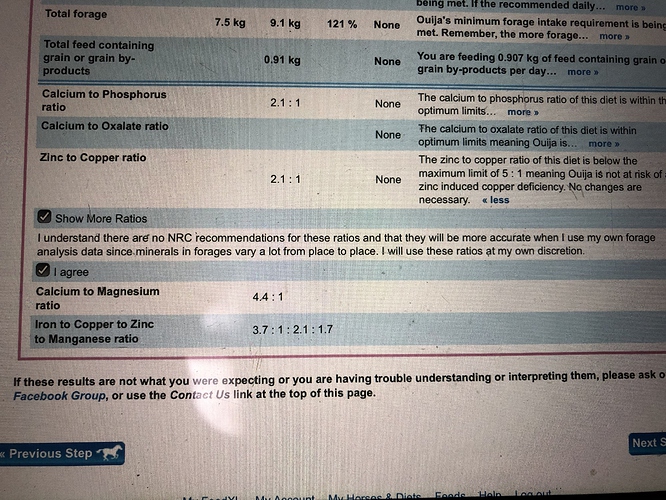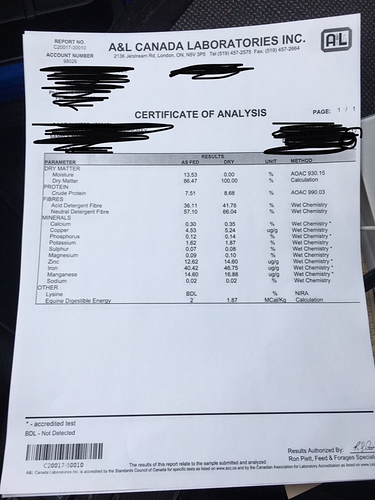Spring aka Mud season is in full swing at my farm. My mare is showing signs of the pre mud fever legs… tender, very subtly swollen and slightly warm. I’ve moved all their hay to a high and dry location and starting bringing them in at night to give some good dry time.
I’m doing the usual antiseptic cleaning, thorough drying, and then zinc (destinin 40% ) when she goes out in the morning.
Here is my question- how the heck do you get the zinc off at night? My usual cleaning routine isn’t touching the zinc. That stuff is like cement. It certainly made my towel drying job much less effective. Do I even bother with trying to remove it? Despite moving her hay it’s not like she comes in clean at night… she’s still a giant mud puddle who needs some cleaning




